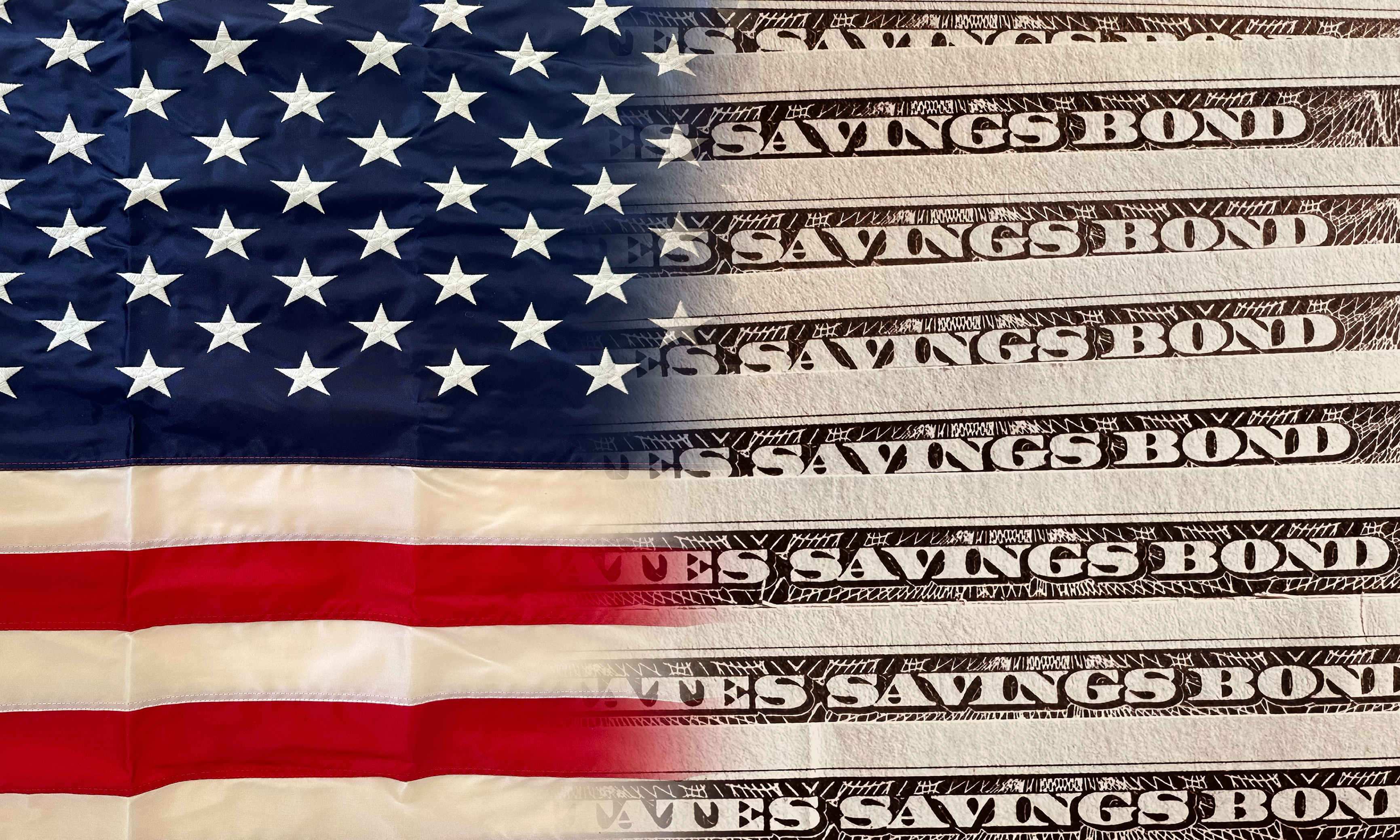How to Cash in Savings Bonds
Whether you bought savings bonds during inflation’s peak or have older bonds collecting dust, take these steps to cash them in.


Donna LeValley
Thanks to rising inflation, Series I savings bonds have enjoyed a boom in popularity. I bonds issued from May 2022 through October 2022 earned a composite rate of 9.62% for the first six months, which prompted investors to stash more than $1 billion in I bonds in October 2022 alone.
The current I bond rate, which is valid from November 1 to April 30, 2025, is 3.11% — a significant drop but still a reasonably attractive return for a no-risk investment.
Although savings bonds can earn interest for up to 30 years, you may want to redeem them earlier, especially as the rates are dropping from their 2022 highs.

Sign up for Kiplinger’s Free E-Newsletters
Profit and prosper with the best of expert advice on investing, taxes, retirement, personal finance and more - straight to your e-mail.
Profit and prosper with the best of expert advice - straight to your e-mail.
You can cash in I bonds as well as EE bonds (which pay a fixed 2.6% rate for bonds issued from November 1, 2024, through April 30, 2025), after you’ve owned them for a year.
But if you redeem bonds within five years, you’ll lose the last three months of interest.
Here are the steps you need to take if you’re ready to cash in your savings bonds.
Determine the value of your bonds. Before you cash in your bonds, find out how much they are worth. Go to TreasuryDirect and log in to your account.
There you’ll find a list of securities you own and their current value.
If you own paper savings bonds, which were mostly phased out in 2011, go to Calculate the Value of Your Paper Savings Bond(s) at TreasuryDirect.
Redeeming electronic bonds. Log in to your account at the TreasuryDirect website and click on the link to cash out your securities.
The minimum redemption amount is $25. If you cash out part of your bond, you’ll only receive interest on the redeemed amount.
Redeeming paper bonds. Unlike electronic bonds, paper bonds must be redeemed for their full value. One option is to take them to a bank that will redeem savings bonds (not all do).
Fill out FS Form 1522, and bring it with you to the bank. You’ll need a certified signature, such as one from a notary public if you’re cashing out more than $1,000.
If you can’t find a bank that will cash your savings bonds, fill out FS Form 1522 and mail it to the Treasury address listed on the form.
Paper bonds are only cashed out through direct deposit, so you have to include your bank’s routing and account number.
If you have older paper bonds that are no longer drawing interest, or if you want to find out whether a deceased loved one has matured paper bonds, go to the Treasury Hunt website.
You’ll need to enter your Social Security number (or the deceased owner’s SSN) to locate the bonds.
If your bonds are listed on the site, you can contact TreasuryDirect.gov to find out how to claim and redeem them.
If you’re not named as the owner of a bond, you must mail in documentation to prove you have a legal right to redeem it.
Interest on savings bonds is free of state and local income taxes, and you can defer federal tax until you cash in the bond.
Once you redeem your savings bond, though, you’ll owe taxes on the interest you’ve accrued.
If you redeemed your bonds online, the Treasury will mail you a Form 1099-INT, which you’ll use to report taxable interest on your tax return.
If you cashed out your bonds through a bank, the bank should send you a Form 1099-INT.
Related Content
Get Kiplinger Today newsletter — free
Profit and prosper with the best of Kiplinger's advice on investing, taxes, retirement, personal finance and much more. Delivered daily. Enter your email in the box and click Sign Me Up.

Ella Vincent is a personal finance writer who has written about credit, retirement, and employment issues. She has previously written for Motley Fool and Yahoo Finance. She enjoys going to concerts in her native Chicago and watching basketball.
- Donna LeValleyRetirement Writer